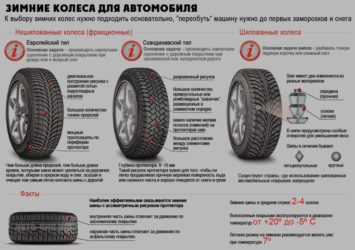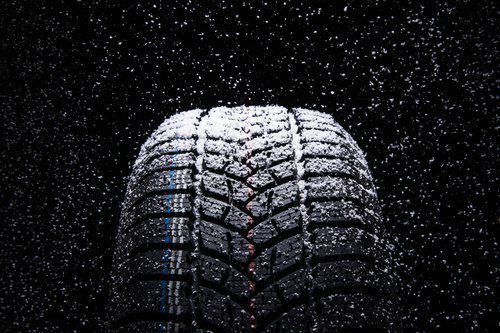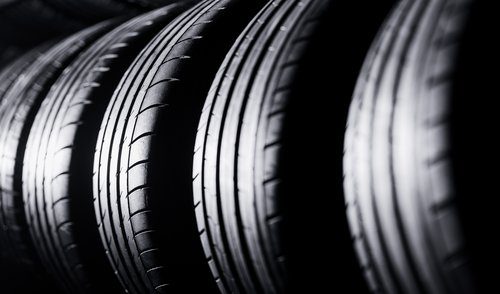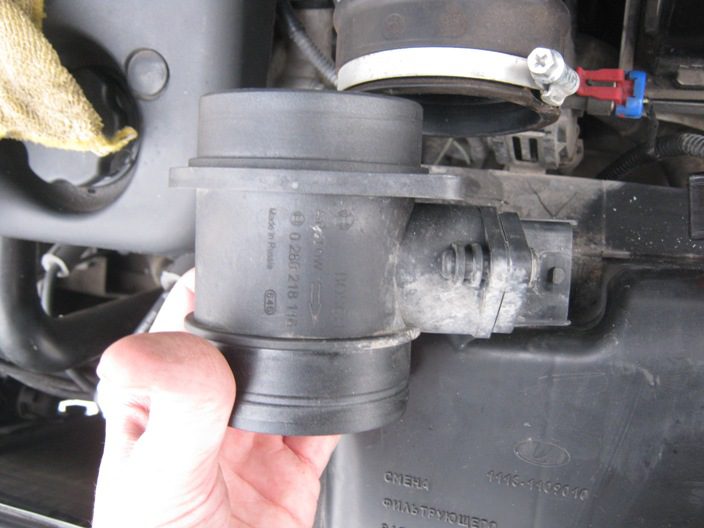
Winter tires: how to choose them and when to wear them
Content
The winter tire is made of rubber specially formulated to remain flexible in cold weather. Its profile also differs from summer tires, as they grip better on the ground and move better in snow or mud. It is advisable to equip your car with winter tires when the temperature drops below 7 ° C. You will recognize winter tires by the M + S or 3PMSF markings.
🔎 What is a winter tire?

There are four main types of tires:
- . Winter tires ;
- . summer tires ;
- 4-season tires;
- .studded tires.
Winter tires are also called cold tires. They allow enhanced grip when the weather is cold, damp, or even snowy. Thus, a winter tire performs better in winter conditions than a summer tire.
For this, the winter tires are equipped with deeper profile and wider grooves that allow them to better drain snow, rain and mud. Their gums are also effective at very low temperatures, whereas conventional gums tend to harden and lose grip.
Winter tire or winter tire?
Therefore, winter tires are designed for better to evacuate snow than your summer gums. So what's the difference between winter tires and winter tires? Winter tires have special eraser which is cold resistant, remains flexible and retains grip at low temperatures. On cold and wet ground, as well as on a thin layer of snow, the profile of the winter tire also allows it to maintain traction.
A winter tire is designed for thicker snow and more extreme conditions. They are used in particular in Northern Europe or on mountain roads. Without winter tires, you can - and sometimes even have to! - use cleaves.
❄️ How to distinguish a winter tire from a summer tire?

A winter tire is not made of the same rubber as a summer tire, the material is designed to remain effective at temperatures below 7 ° C. The profile of the two types of tires is also not the same because the grooves of the winter tire are deeper. Their zigzag shape helps maintain traction in rain or snow.
But you can also distinguish a winter tire from a summer one by the inscription on its sidewall. You will find the marking M + S (for Dirt + Snow, Dirt + Snow) or 3PMSF (3 Peak Mountain Snow Flake) on a winter tire.
🛑 Are winter tires mandatory?

Contrary to what might be common on the Internet, there is no 2019 winter tire law obliging motorists in 1 French departments to use winter tires from November 48 of that year, on pain of a 4th degree fine and potential immobilization. automobile.
On the other hand, the Winter Tire Ordinance of October 2020 actually made the use of winter tires or chains compulsory in 48 departments in winter, either du from November 1 to March 31... 48 departments are part of the French mountain ranges. The decree provided for entry into force on November 1, 2021.
📅 When to install winter tires?

In 48 French departments, winter tires or chains are compulsory from November 1st to March 31st from 2021. Outside these areas, located in mountain ranges, we advise you to wear winter tires when the temperature drops. below 7 ° C.
Indeed, the rubber bands of winter tires do not harden at low temperatures. If the road is also wet, damp or muddy, it's time to switch from summer tires to winter tires. In general, you can plan to put winter tires October to April.
On the other hand, winter tires are not designed to be used all year round. They wear out faster in more favorable weather conditions and at higher temperatures. In addition, winter tires adhere better to the road and therefore consume more fuel. Finally, the lifespan of a winter tire 40 kilometer on average: therefore they need to be changed periodically!
🚘 Winter or all-season tires?

All season tires are hybrid tires which can work wider than winter or summer tires. 4 season tire really fits from -10 ° C to 30 ° C... For this, technologies of both types of tires, summer and winter, are used. Thus, it allows you to drive on wet roads, both on snowy and dry roads.
Thus, the use of all-season tires allows you to limit tire consumption and drive all year round. However, they remain less efficient in winter than a winter tire and less efficient in summer than a summer tire. You will feel the difference in grip, but also in consumption. Don't expect to be driving on a very snowy road with all-season tires.
🚗 Summer or winter tires?

Winter tires are designed for use in winter conditions. Designed with rubber specially formulated to withstand very low temperatures, they also have wider grooves and a deeper tread for better snow removal.
But winter tires also have disadvantages: at too high temperatures, they wear out faster... Their higher grip on the road also translates into higher fuel consumption. Therefore, it is strongly discouraged to use them all year round.
Conversely, on summer tires, rubber bands harden in the cold and therefore lose traction. Therefore, when the road temperature drops, it is better to use winter tires. below 7 ° C... The shallower profile and narrower grooves of summer tires also prevent them from wicking mud and snow, as well as winter tires.
🔍 Winter tires: 2 or 4?

We highly recommend wearing four winter tires not just two. This ensures that you maintain good vehicle control and traction in all conditions, including ice.
Equip your four wheels with winter tires, whether your car has two or four wheel drive. You will improve traction and traction, maintain stopping distance and avoid skidding.
Winter tire: front or rear?
You run the risk of installing winter tires only on the front or rear of the car. Installing winter tires only on the front axle will reduce rear traction and risk oversteer... Your rear axle can slip and drive away.
Putting winter tires only in the back, this time you risk understeer and loss of grip at the front. Thus, you will run into problems not only with behavior, but also with inhibition. Therefore, equip your four wheels with winter tires for your safety.
⚙️ Which brand of winter tires to choose?

There are many brands of winter tires and they can be easily compared for different characteristics, such as:
- Their dry grip ;
- Their behavior on wet ground ;
- Their performance on snow and ice ;
- Their noise ;
- La fuel consumption ;
- Their wear.
Among the main brands of winter tires, Dunlop, Pirelli and Michelin, as well as Kleber, Continental and Goodyear are the undisputed values. Apart from possible small weak points (eg soil type), you can be confident in their effectiveness.
Also choose a winter tire according to your traffic patterns : In town or on the highway, go to Michelin or Bridgestone, which are very effective on all types of terrain and whose fairly low wear is suitable for motorists who drive a lot.
If you drive primarily in the countryside, where the roads are possibly rougher and wetter, Falken and Goodyear offer tires with good grip. Finally, in the mountains, Continental and Hankook are particularly effective in terms of braking, as well as on snow and ice.
💰 How much does winter tires cost?

The price of a winter tire naturally depends on the brand, but also on the tire itself (size, etc.). Winter tires also cost 20-25% more than summer tires. On average, the cost of a winter tire per unit is 100 €, not counting the assembly. Add about € 15 for a tire fitting plus the cost of the rims. So you can estimate the price From 500 to 700 € for your four installed winter tires.
Now you know everything about winter tires! We strongly recommend that you equip your car with four winter tires to withstand the cold and climatic conditions of the winter season. You will drive in complete safety. As soon as the temperature drops above 7 ° C, replace the summer tires.
